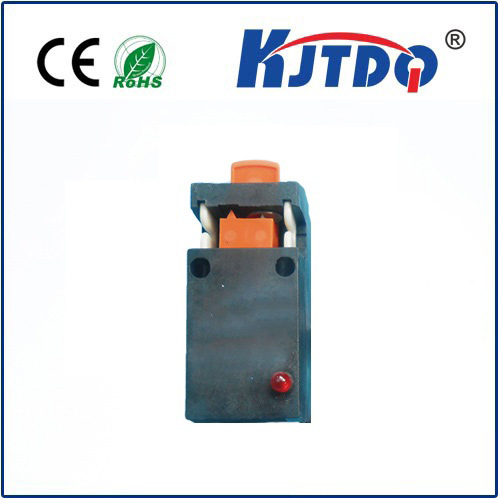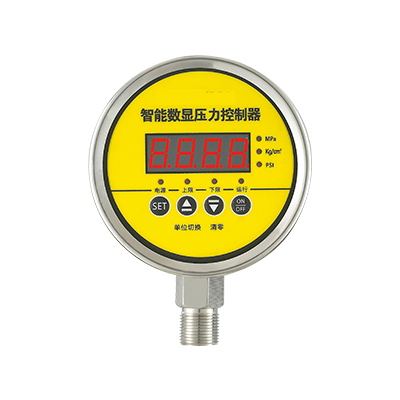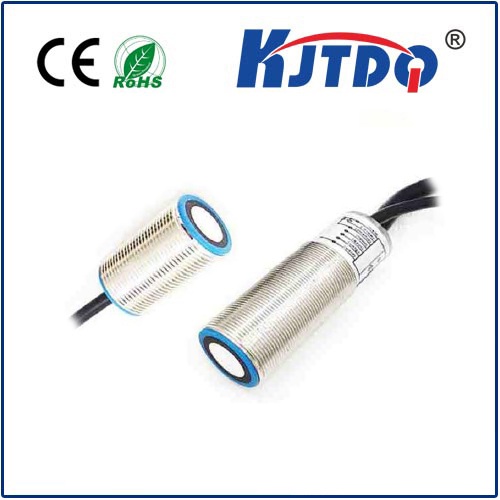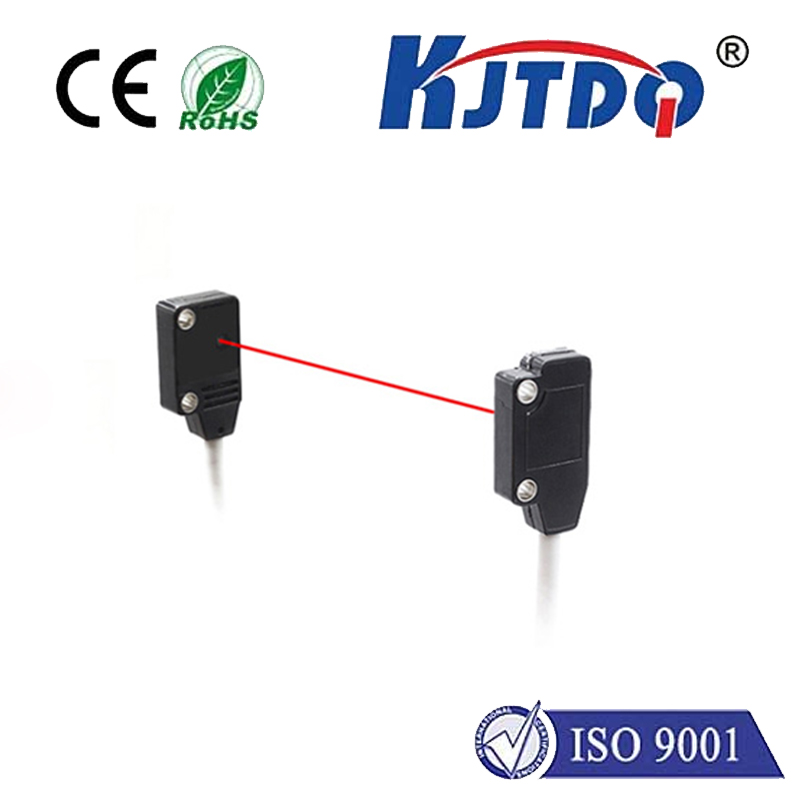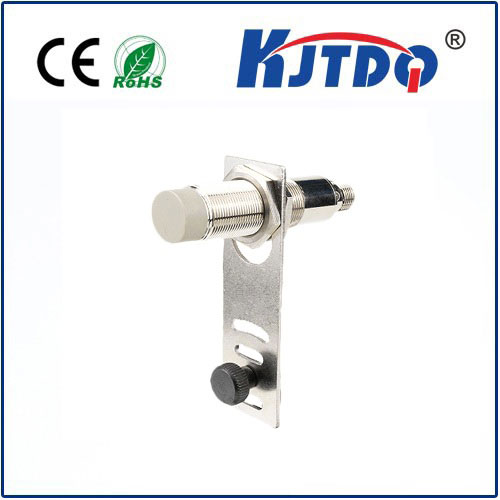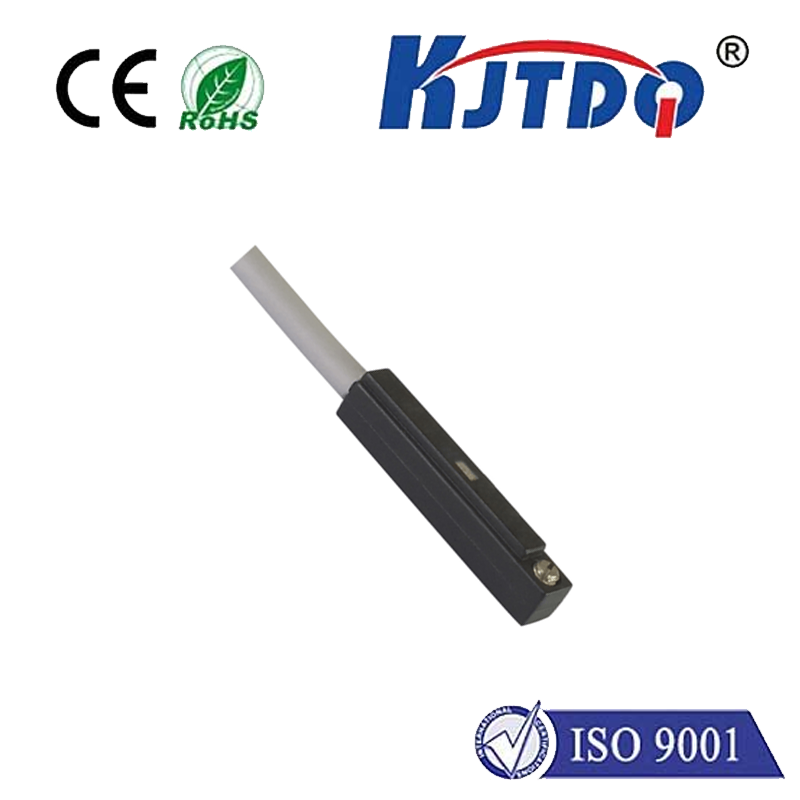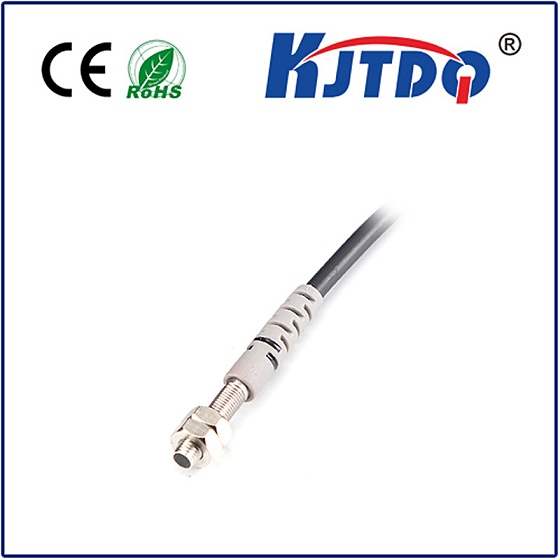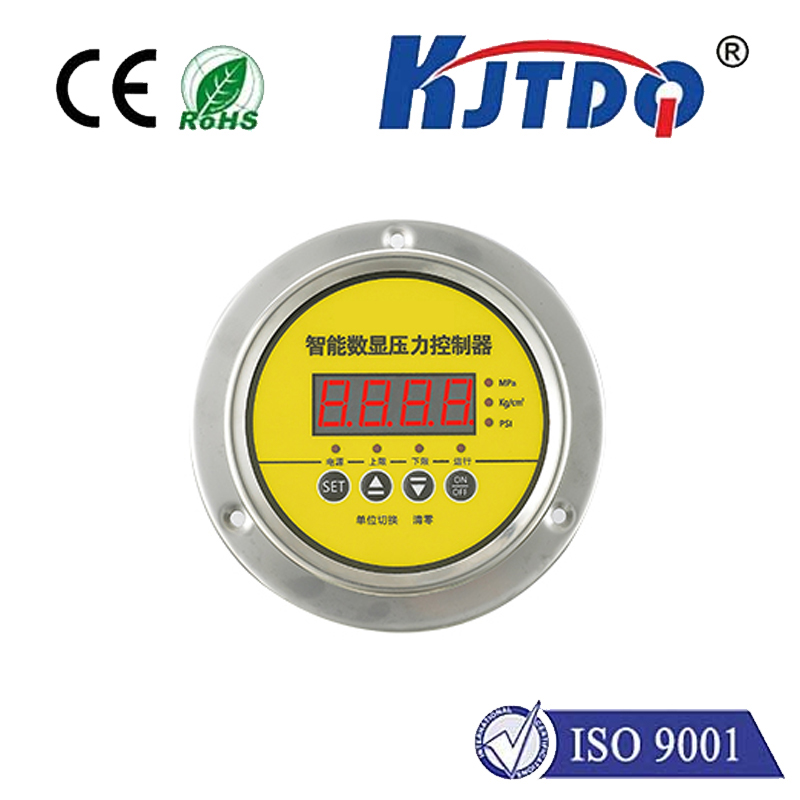
check

check

check

check
Line LiDAR: The Next Frontier in High-Precision Spatial Sensing Imagine a technology that can map environments with millimeter-level accuracy, track moving objects in real time, and even “see” through dense fog or darkness. This isn’t science fiction—it’s the reality of line LiDAR, a groundbreaking advancement in light detection and ranging systems. From autonomous vehicles to smart infrastructure, line LiDAR is quietly transforming how machines perceive and interact with the world.
LiDAR (Light Detection and Ranging) uses laser pulses to measure distances and create detailed 3D maps of surroundings. Traditional LiDAR systems, like rotating mechanical LiDAR, emit lasers in a 360-degree pattern. Line LiDAR, however, simplifies this approach by projecting laser lines instead of scattered points. This linear scanning method reduces complexity, enhances speed, and improves resolution for specific applications. Think of it as swapping a floodlight for a laser pointer: by focusing energy into a thin line, line LiDAR captures precise data slices, which are then stitched together for comprehensive spatial models. This makes it ideal for scenarios requiring high-speed, high-resolution scanning—such as industrial automation or highway traffic monitoring.
Traditional LiDAR’s mechanical parts—like rotating mirrors—limit durability and increase costs. Line LiDAR eliminates these moving components, relying instead on solid-state technology. The result? Lower maintenance, longer lifespan, and resistance to vibration or wear. But the real game-changer is its adaptive resolution. Unlike point-cloud systems that struggle with uneven data density, line LiDAR maintains consistent detail across its scanning plane. For example, in autonomous driving, this ensures a vehicle’s sensors don’t miss a pedestrian hidden between parked cars—even at 60 mph.
Self-driving cars rely on LiDAR to navigate safely, but traditional systems can be overwhelmed by rain, snow, or glare. Line LiDAR’s focused beams cut through visual noise, providing reliable data in adverse conditions. Companies like Aurora Innovation and Waymo are integrating line LiDAR to enhance perception algorithms, reducing reliance on cameras and radar.

In factories, line LiDAR monitors conveyor belts for defects, guides robotic arms, and ensures quality control. Its ability to scan objects moving at high speeds—like bottling lines or semiconductor wafers—makes it indispensable for Industry 4.0 workflows. For instance, BMW uses line LiDAR to inspect paint finishes, detecting imperfections invisible to the human eye.
Cities deploy line LiDAR to monitor traffic flow, detect infrastructure cracks, and manage crowds. During the 2022 Beijing Winter Olympics, line LiDAR systems tracked athlete movements in real time, optimizing event safety and logistics. Similarly, Singapore’s Smart Nation initiative uses the tech to map underground utilities, preventing construction accidents.
Line LiDAR emits a fan-shaped laser beam, creating a “line” of light. Sensors measure the time it takes for reflected light to return, calculating distances. Advanced systems use MEMS (Micro-Electro-Mechanical Systems) mirrors to steer the laser line, enabling dynamic adjustments. Key advantages include:
Higher frame rates: Scanning lines instead of points speeds up data capture.
Reduced power consumption: Focused beams require less energy.
Compact design: Without bulky rotating parts, line LiDAR fits into smaller devices, like drones or smartphones.
No technology is perfect. Line LiDAR’s narrow field of view (typically 30-60 degrees) limits its standalone use in applications requiring wide coverage. However, hybrid systems—combining line LiDAR with cameras or radar—are filling this gap. The market is also shifting toward wavelength diversification. While most systems use 905nm lasers, newer 1550nm variants improve eye safety and range. Innovators like Luminar and Cepton are pushing these boundaries, aiming for LiDAR that’s cheaper, smaller, and more versatile. According to a 2023 report by MarketsandMarkets, the LiDAR industry will grow from \(1.8 billion to \)3.7 billion by 2028, with line LiDAR capturing a rising share. As AI and edge computing advance, expect real-time processing and edge-based decision-making to become standard, unlocking uses we’ve yet to imagine.
From reshaping transportation to redefining urban planning, line LiDAR is more than a sensor—it’s a gateway to a smarter, safer future. As industries embrace its precision and adaptability, one thing is clear: the line between human and machine perception is blurring, and line LiDAR is leading the charge.
